Curious Questions: How are ice sculptures are made?
Medieval castles, thrones, dragons, curtains, serving dishes and cheeky luges can all be fashioned from ice, if you have the magic touch and can take the chill factor, discovers Jane Wheatley. Photographs by Richard Cannon.
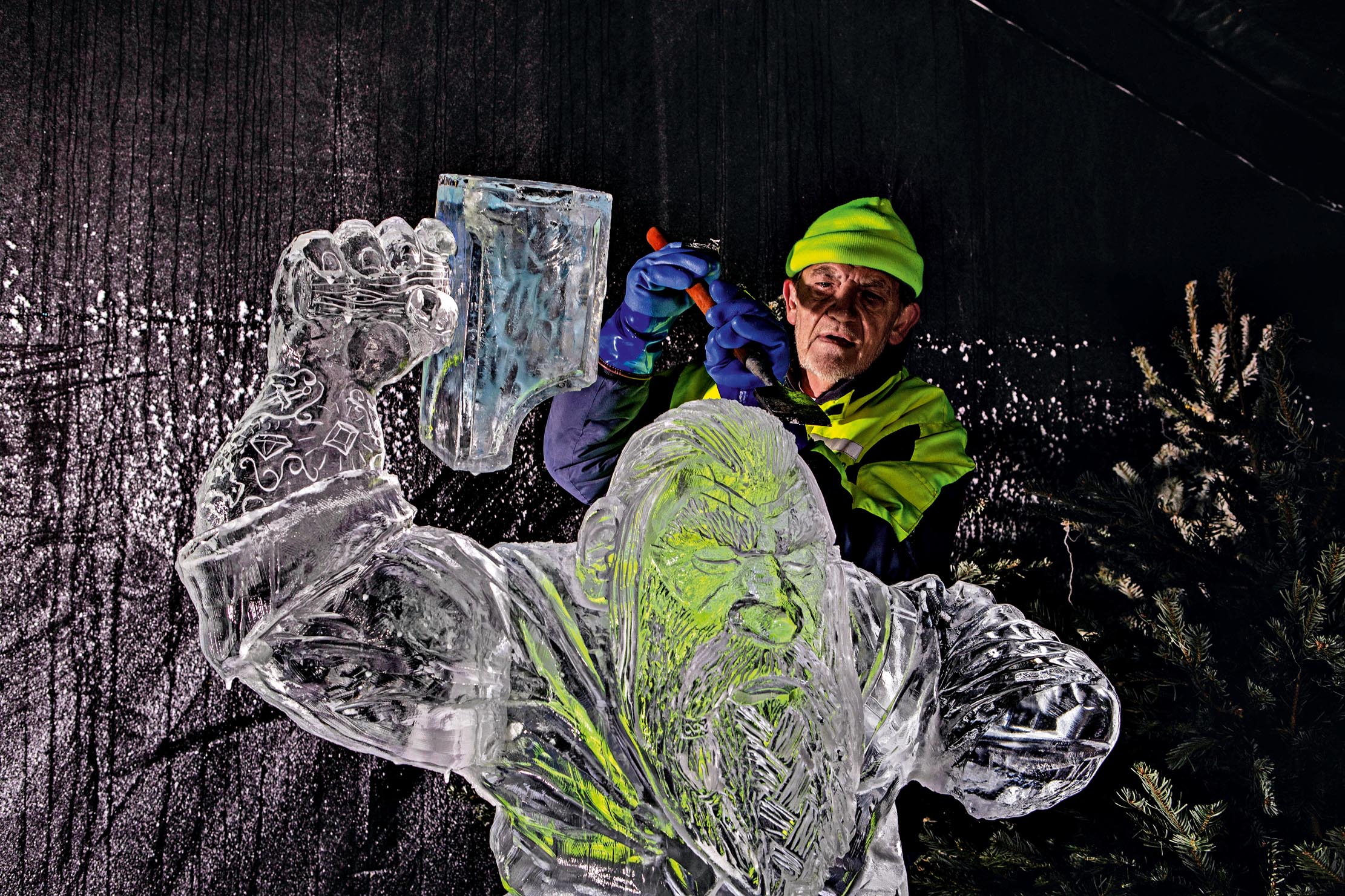

In 1892, Auguste Escoffier, head chef at The Savoy, created a peach dish for opera singer Dame Nellie Melba and presented it nestling inside the wings of a swan carved out of ice. In the early 1900s, natural ice was shipped from frozen lakes in cold countries, stored in vast wells under London docks and delivered to hotels.
When they had finished making sorbets and cooling wine, artistic chefs would create salvers and serving bowls out of the leftovers. Later, modern refrigeration dispensed with the need for block ice and, by the end of the Second World War, ice sculpture had vanished from the kitchens of grand hotels.
In the mid 1970s, Duncan Hamilton was asked by his boss, head chef at the original Hyde Park Hotel in Knightsbridge, London SW1, if he could make an ice sculpture for a banquet. He did a bit of research, squared his shoulders and set to work with paring knife and chisel. ‘I did many when I was there,’ he recalls. ‘I was asked to do one for the wedding of Lord Forte’s nephew, a pair of doves with their wings around each other. I worked all night in the pastry room, popped it in the freezer before the kitchen cooks arrived, then went back later to deliver it upstairs.’
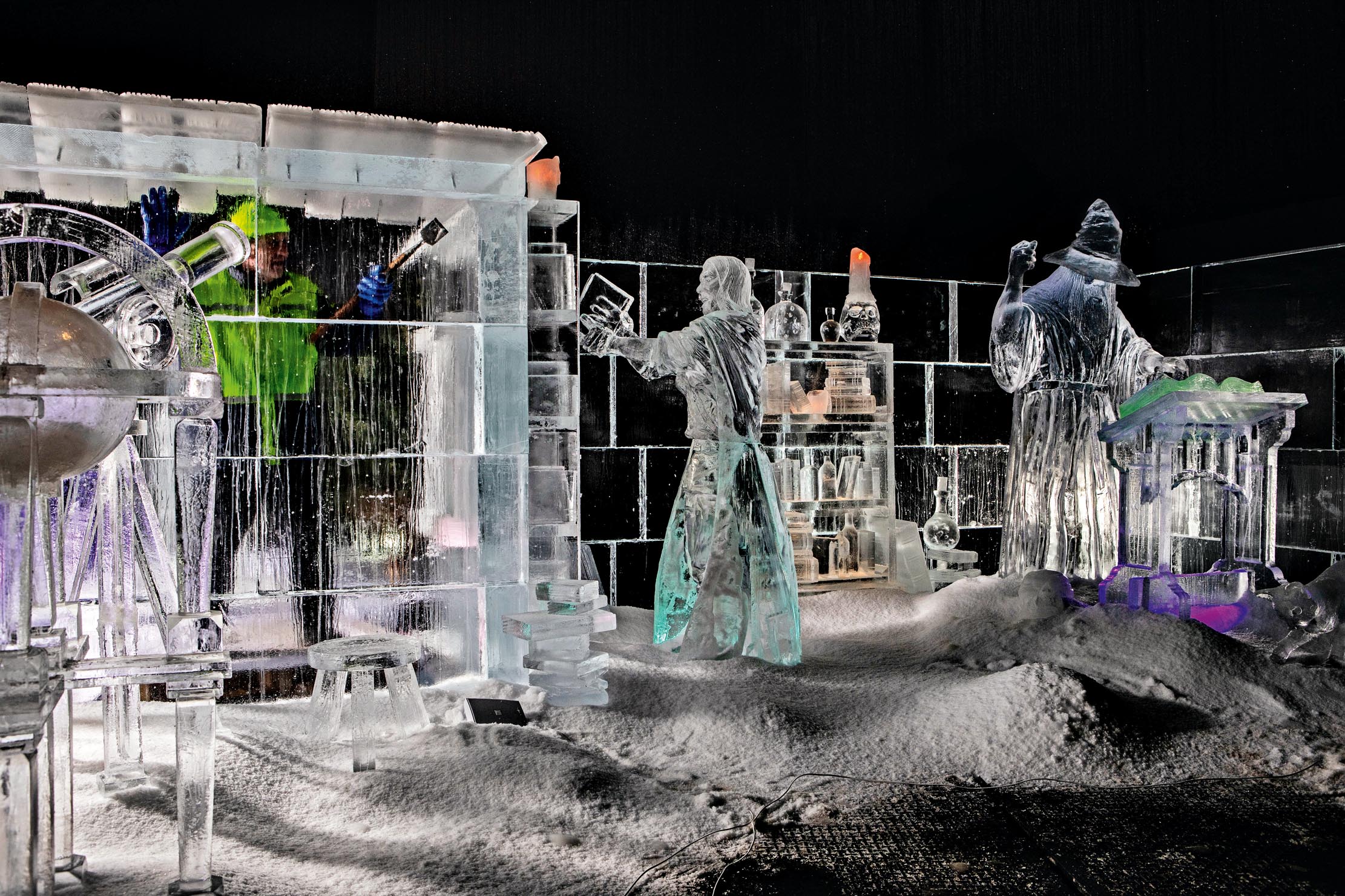
Duncan was soon in demand: he gave up his day job, rented two shipping containers beneath Chelsea Bridge and installed freezers. In 1980, he made a replica of Escoffier’s peach Melba and swan for the Queen Mother, again at The Savoy. ‘I loved sculpting,’ he says. ‘I was obsessed.’
Since those pioneering days when one man had the field to himself, ice sculpture has become a thriving industry. Companies are snowed under with work for film studios, public events and parties — and it’s competitive: there are international sculpting championships held in chilly places such as Alaska, where tons of ice are hewn from lakes and trundled over the frozen wastes on forklifts to waiting teams wielding chainsaws.
Ice sculpture is comparable to sand art in its fleeting nature: warm air melts the ice, the tide washes away the lines in the sand. Is transience part of its appeal? ‘It’s ephemeral,’ agrees Jamie Hamilton, Duncan’s son. ‘Solid, three dimensional and yet half in and half out of existence. We always encourage people to touch our sculptures, and they say, “Is it really? It can’t be!” So yes, a kind of wonder is part of it; also, snow and ice are embedded in our literature and imagery — all those Victorian Christmas scenes.’
"We have had some crazy requests put to us, such as an ice curtain for guests to walk through; it was hung on wires threaded through each individual ice cube"
At the studios in Wimbledon, the team is working on its major commission of the year, The Magical Ice Kingdom, which is on display in London’s Hyde Park over Christmas. Jamie spreads out a plan view: here is a medieval fantasy of crenellated walls and towers, streets of shop windows crusted in white ice, a palace with twin thrones, human figures, dragons and wizards. ‘We’ve been making it since July and will build it on site in November,’ he said. ‘Five hundred tons of ice inside a refrigerated marquee.’
Sign up for the Country Life Newsletter
Exquisite houses, the beauty of Nature, and how to get the most from your life, straight to your inbox.
It could be -10˚C degrees when visitors arrive. Isn’t it a bit environmentally questionable, all that energy? ‘Power is our biggest expense after wages, but it all comes from renewables,’ Jamie explains.
In the workshops, the temperature is distinctly chilly. Here are large baths each containing 100 litres of bubbling water that will take four days to freeze solid. ‘Agitated water makes clear ice,’ reveals Jamie. ‘Still water turns to white ice.’ Hanging on a board in a neat row are the tools of the trade: chisels, ‘ice dogs’ for picking up ice blocks and a wicked-looking toothed saw. ‘That’s one of Duncan’s originals, made of the same steel as a Samurai sword.’
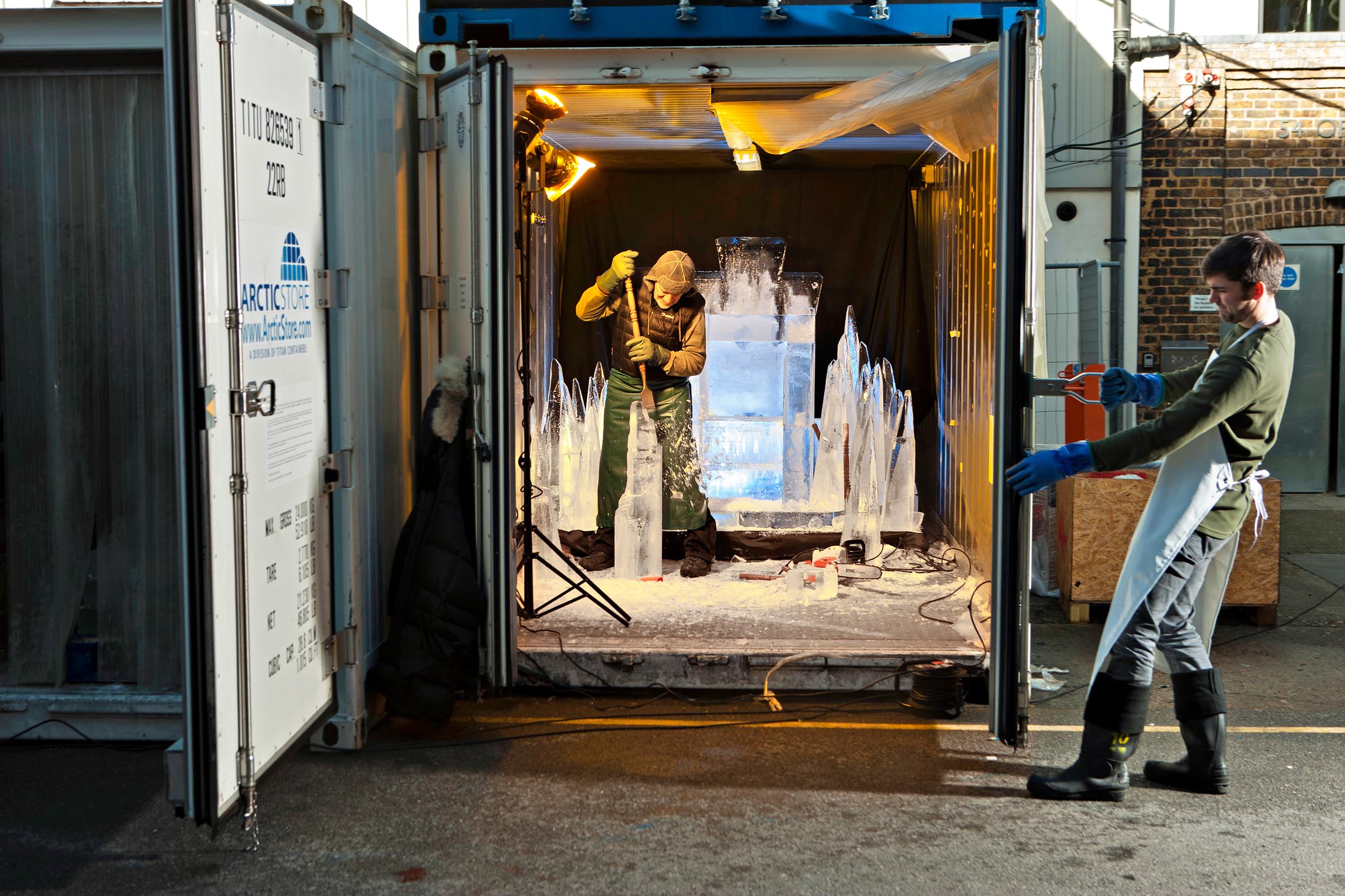
Jack Hackney is working on a sculpture from a design created on a computer. It could be made by machine, too, ‘but I like to do it by hand,’ he explains. ‘You feel more connected to the work.’
Under canvas, a young man is cutting out the tiny architectural details of the palace from large blocks of ice — it seems a perilous undertaking. ‘It is,’ agrees Jamie. ‘Ice is very brittle and snaps easily.’ He opens the door of a refrigerated container, where two more staff are sculpting giant rabbits. They look cheerful, but it’s jolly cold in there. ‘We say, if you’re cold, you’re not working hard enough,’ Jamie jokes.
Next door, craftspeople are making the moulds for cocktail and shot glasses made of ice, destined for Hyde Park’s annual Bar Ice. The vodka luge has been a staple of parties since the early 1990s, when London-based Icebox brought the idea back from the US. An ice breaker, talking point and opportunity for embarrassing photographs, the luge appears in many guises, from elegant fountain to breasts and other body parts, delivering chilled alcohol through a chute into a proffered glass or straight into a guest’s open mouth.
‘At Icebox, we say that everything in ice is possible,’ assures Amy Edsell. ‘We have had some crazy requests put to us, such as an ice curtain for guests to walk through; it was hung on wires threaded through each individual ice cube and was technically quite a challenge.’
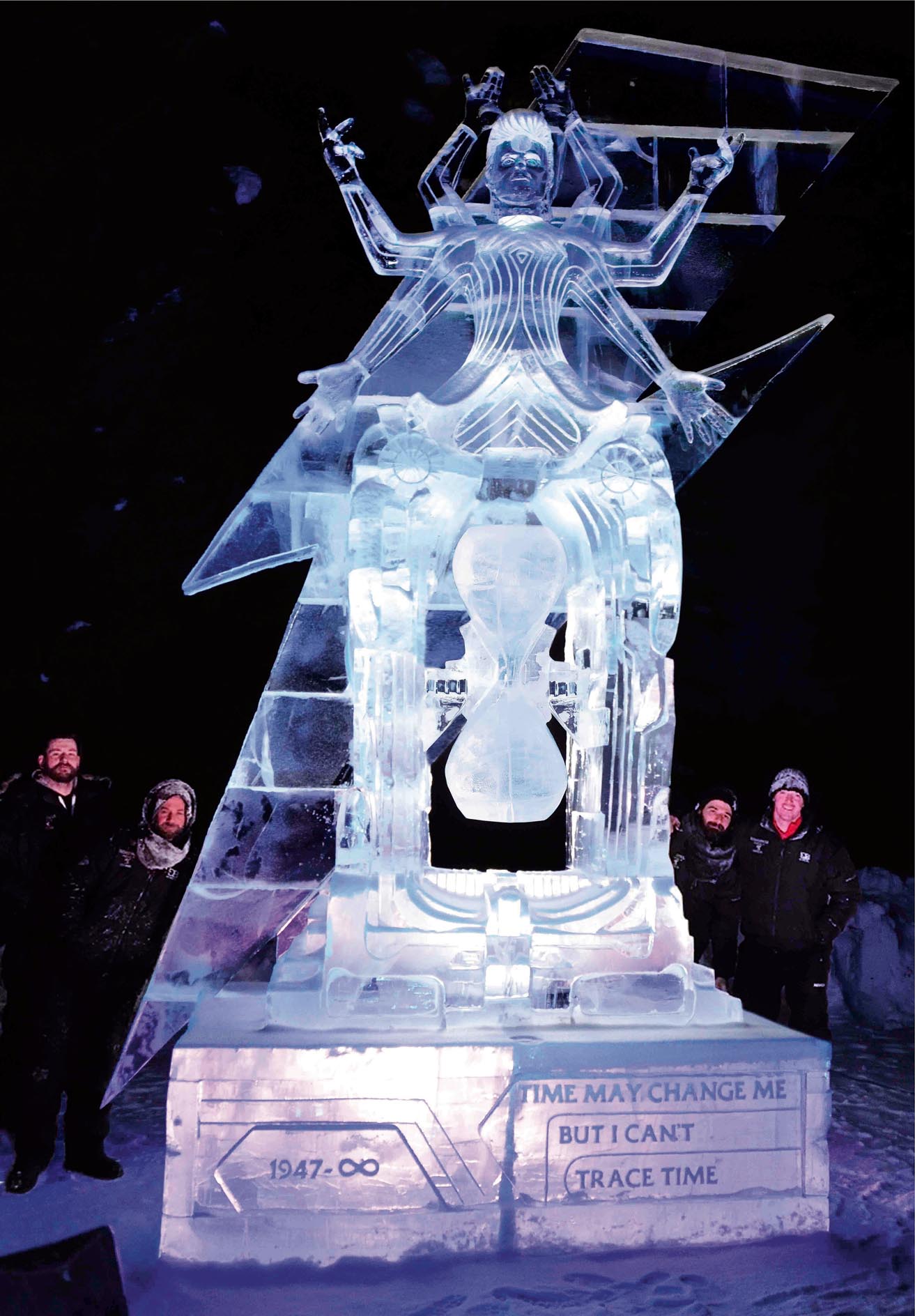
Then, there is the ‘sensory experience’, for which guests are blindfolded before entering an icy room, to explore ice sculptures with their hands and taste flavoured ice cubes.
Known for its glamorous, inventive parties and installations for movie promotions — the team built ice thrones for premieres of The Huntsman: Winter’s War in seven different countries — Icebox also has a serious side. A sculpture of a man sitting on a pavement, head in hands, represented an appeal for the homeless; two ice penguins bobbing about on the Thames were slowly destroyed by the incoming tide as part of a Greenpeace campaign on global warming. Elsewhere, a televised debate between politicians on climate change was bookended by two icy globes, gradually melting under the studio lights.
‘Ice sculpture can carry a powerful message,’ notes Amy. ‘The sight of ice transforming into a puddle of water makes you think about transience and the impact the manmade world has on the natural world.’
In the chilly pre-dawn hours of winter mornings in northern cities, life-size ice sculptures are unloaded from vans and set up in empty streets. ‘They take three to four hours to install,’ explains Mat Chaloner, co-founder — with Mat Foster — of Liverpool’s Glacial Art. He also launched the Fire and Ice Festival in Durham in partnership with AH Events in 2016 and it has grown each year: ‘It’s an iconic city ideal for some icy magic, with its cobbled streets and medieval buildings.’
Fires are lit beside each sculpture, some of them made in advance, others built on site. ‘People love watching them come to life,’ notes Mat. ‘I make snowballs for kids to throw at their dads; running a power tool down the side of the ice block makes lots of very fine snow. We do carving demonstrations and people can have a go themselves. Then, at dusk, we light the sculptures and they look really magical. This year, there will be pyrotechnics with fire on ice.’
"We built New York, with a model of King Kong crashing through a wall."
Like many ice sculptors, Mat studied model making at university, then persuaded his friend Mr Foster, a special-effects artist and now his business partner, to come to Liverpool: ‘Fifteen years ago, no one was sculpting in the North — we had the field to ourselves.’
Each year in Newcastle, they make an ice bar housed in four refrigerated shipping containers welded together. The bar takes 25 people at a time, each paying £12 to wander, drink in hand, to admire the handiwork.
‘One year, the theme was skiing,’ Mat recalls. ‘We built an ice skidoo and a skier, crampons and frozen snow shoes. The next year was New York, with a model of King Kong crashing through a wall.’
In 2017, he took a team to Alaska for the ice-carving championships. ‘In six days, we built an 18ft-tall model of David Bowie as a Ganeshi god, standing on top of an hourglass,’ remembers Mat. ‘Underneath, we carved the words: “Time may change me but I can’t trace time.”’
Icebox — www.theicebox.com; Glacial Art Ice Sculptors — www.glacialart.com; Hamilton Ice Sculptors — www.icesculpture.co.uk. An exhibition of Duncan Hamilton’s ice sculptures and photographs of his work by Peer Lindgren opens at the Gerald Moore Gallery, London SE9, on March 3, 2022 — www.geraldmooregallery.org
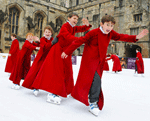
The best places to ice skate, from Winchester to the Eden Project
Megan Jenkins tracks down the best outdoor ice rinks for ice skating this winter, for families and romantic evenings under
Country Life is unlike any other magazine: the only glossy weekly on the newsstand and the only magazine that has been guest-edited by HRH The King not once, but twice. It is a celebration of modern rural life and all its diverse joys and pleasures — that was first published in Queen Victoria's Diamond Jubilee year. Our eclectic mixture of witty and informative content — from the most up-to-date property news and commentary and a coveted glimpse inside some of the UK's best houses and gardens, to gardening, the arts and interior design, written by experts in their field — still cannot be found in print or online, anywhere else.
-
 A mini estate in Kent that's so lovely it once featured in Simon Schama's 'History of Britain'
A mini estate in Kent that's so lovely it once featured in Simon Schama's 'History of Britain'The Paper Mill estate is a picture-postcard in the Garden of England.
By Penny Churchill
-
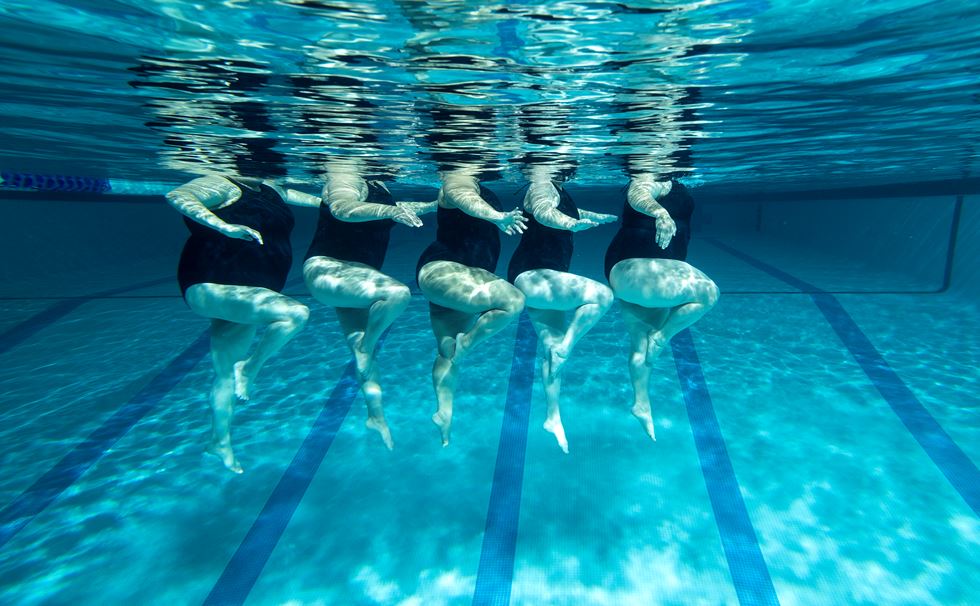 Splash! A Century of Swimming and Style: A whistle-stop history, from the Roman Baths to Hampstead Heath
Splash! A Century of Swimming and Style: A whistle-stop history, from the Roman Baths to Hampstead HeathEmma Hughes dives into swimming's hidden depths at the Design Museum's exhibit in London.
By Emma Hughes
-
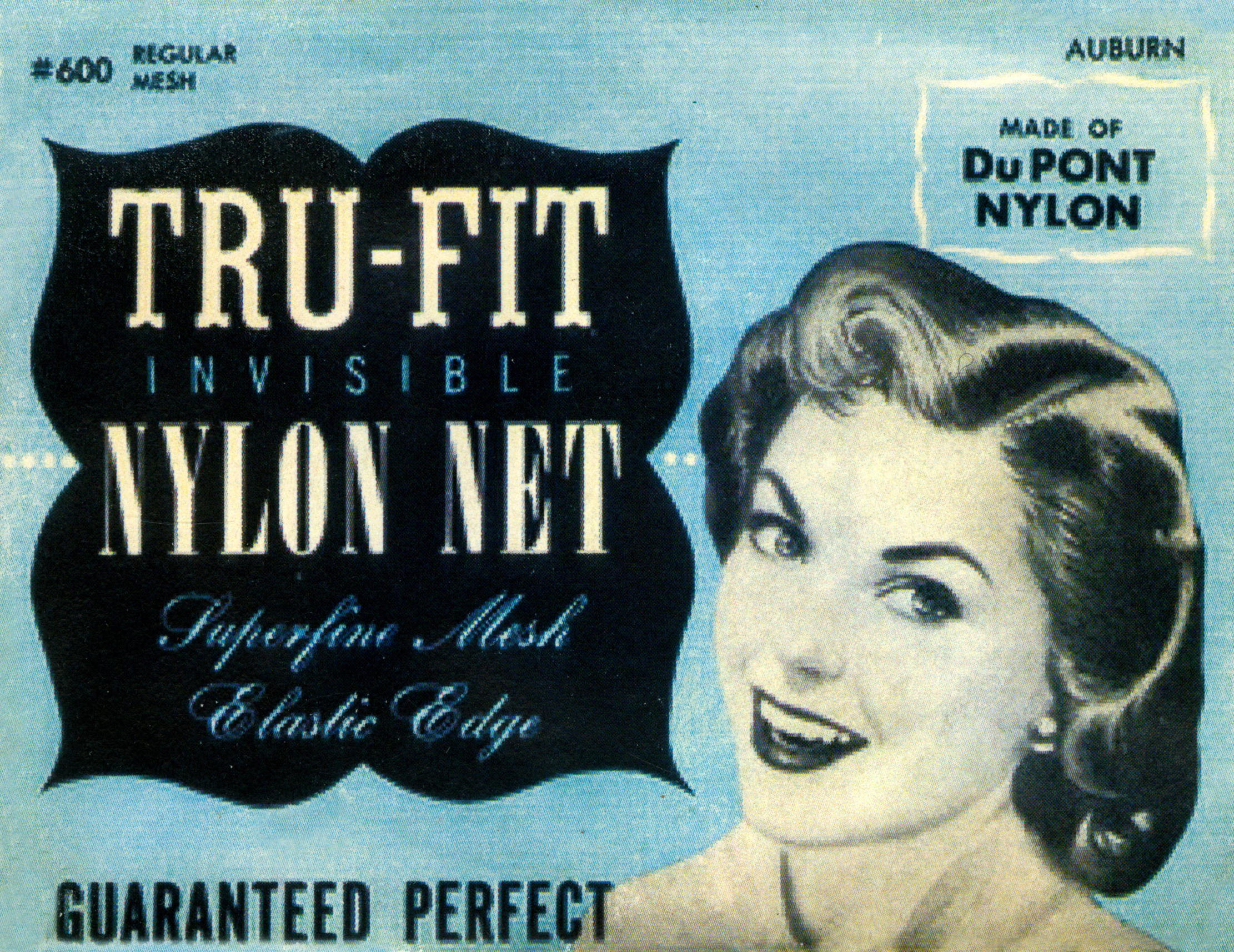 From fighting for stockings to flying on the Moon: How nylon changed the world
From fighting for stockings to flying on the Moon: How nylon changed the worldAlmost 90 years after it was first discovered, Martin Fone looks at the history of this mass produced man-made fibre.
By Martin Fone
-
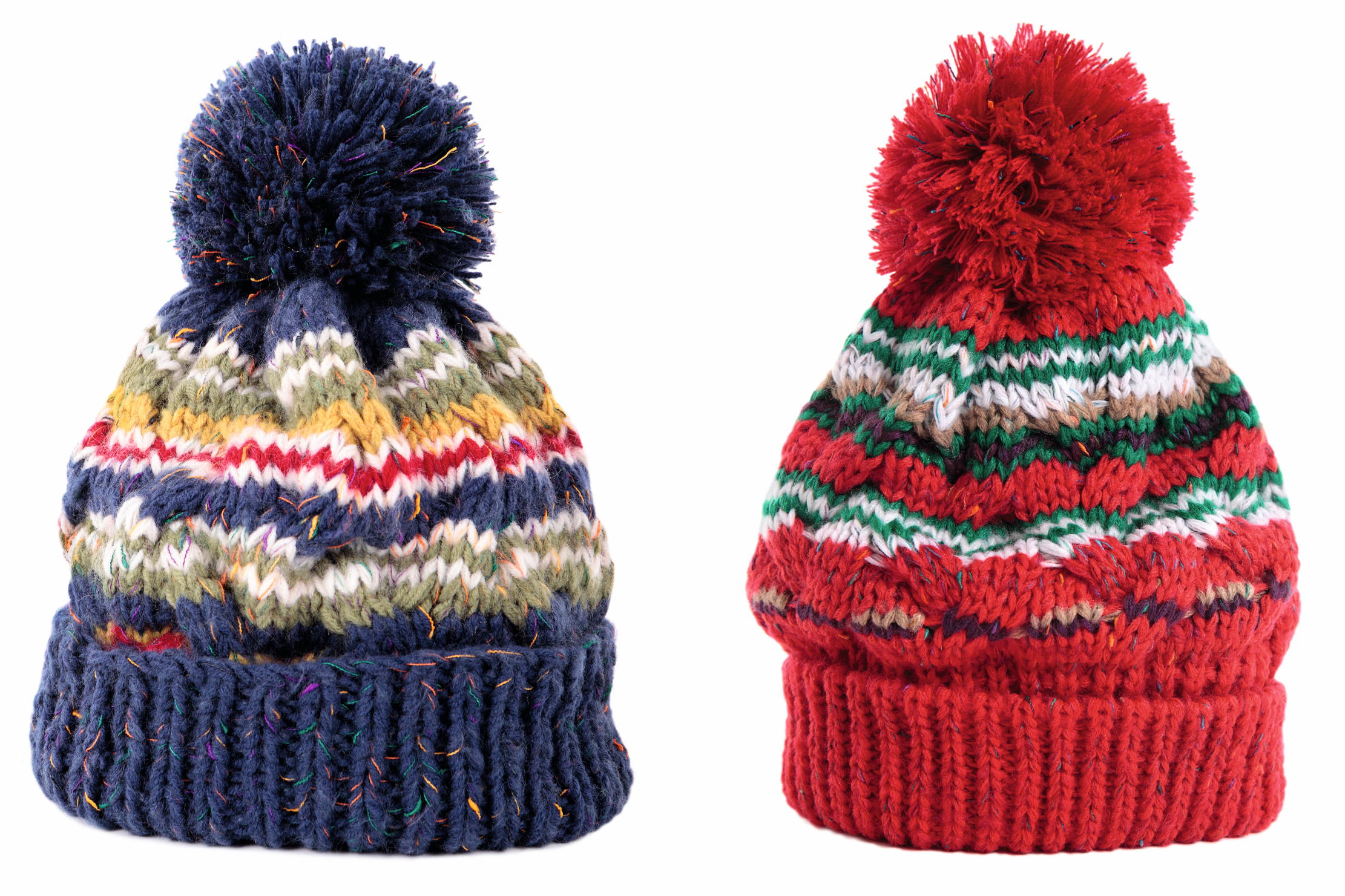 Curious Questions: Why do woolly hats have bobbles?
Curious Questions: Why do woolly hats have bobbles?Some can rock a bobble hat, others will always resemble Where’s Wally, but the big question is why the bobbles are there in the first place. Harry Pearson finds out as he celebrates a knitted that creation belongs on every hat rack.
By Harry Pearson
-
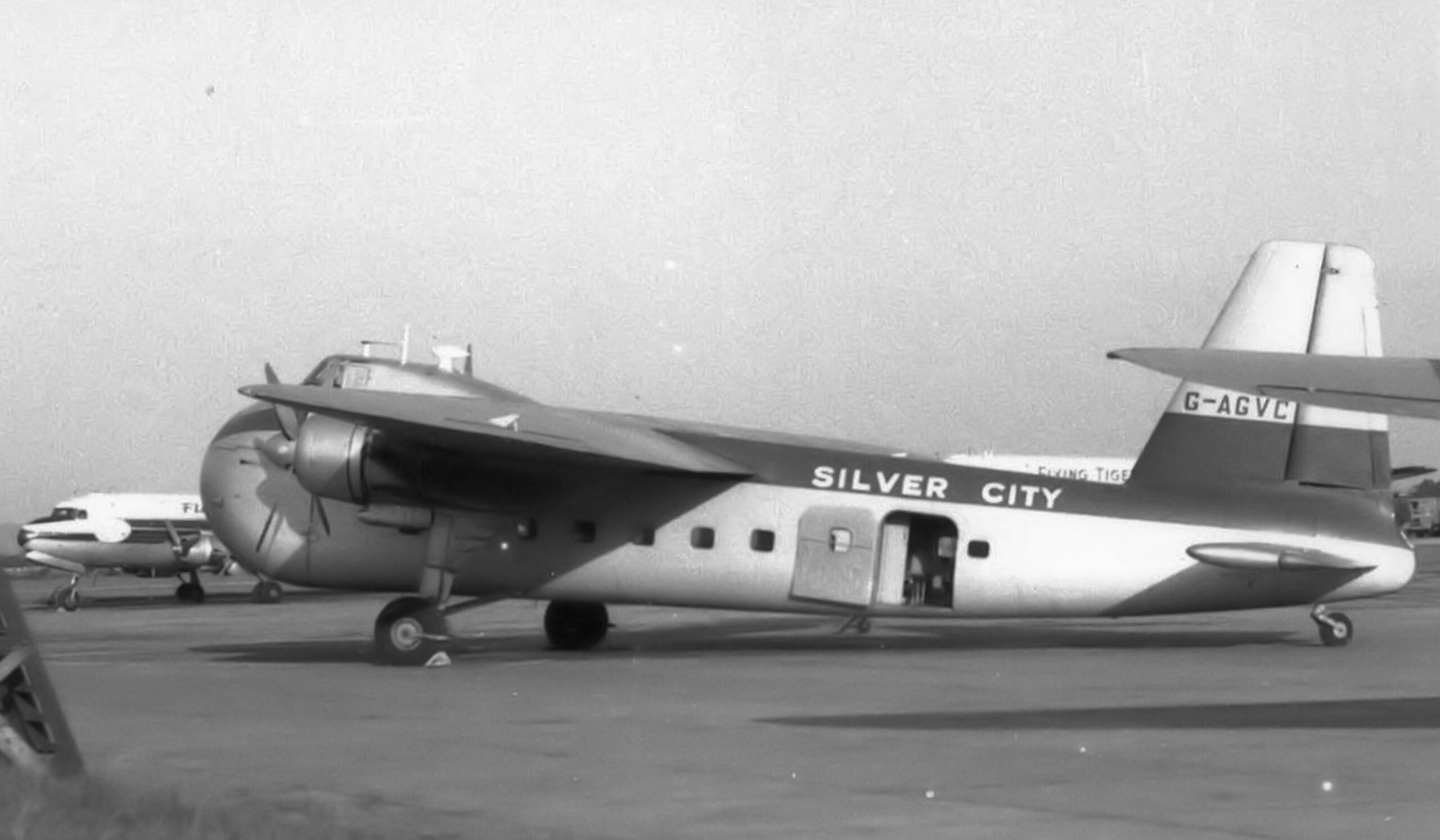 Curious Questions: We used to fly cars across the English Channel in 20 minutes — why did we stop?
Curious Questions: We used to fly cars across the English Channel in 20 minutes — why did we stop?It seems hard to believe, but taking your car across the English Channel to France by air actually pre-dates the cross-channel car ferry. So how did it fall out of use almost 50 years ago? Martin Fone investigates.
By Martin Fone
-
 Curious Questions: Who invented the rear-view mirror?
Curious Questions: Who invented the rear-view mirror?Although obvious now, the rearview mirror wasn't really invented until the 1920s. Even then, it was mostly used for driving fast and avoiding the police.
By Martin Fone
-
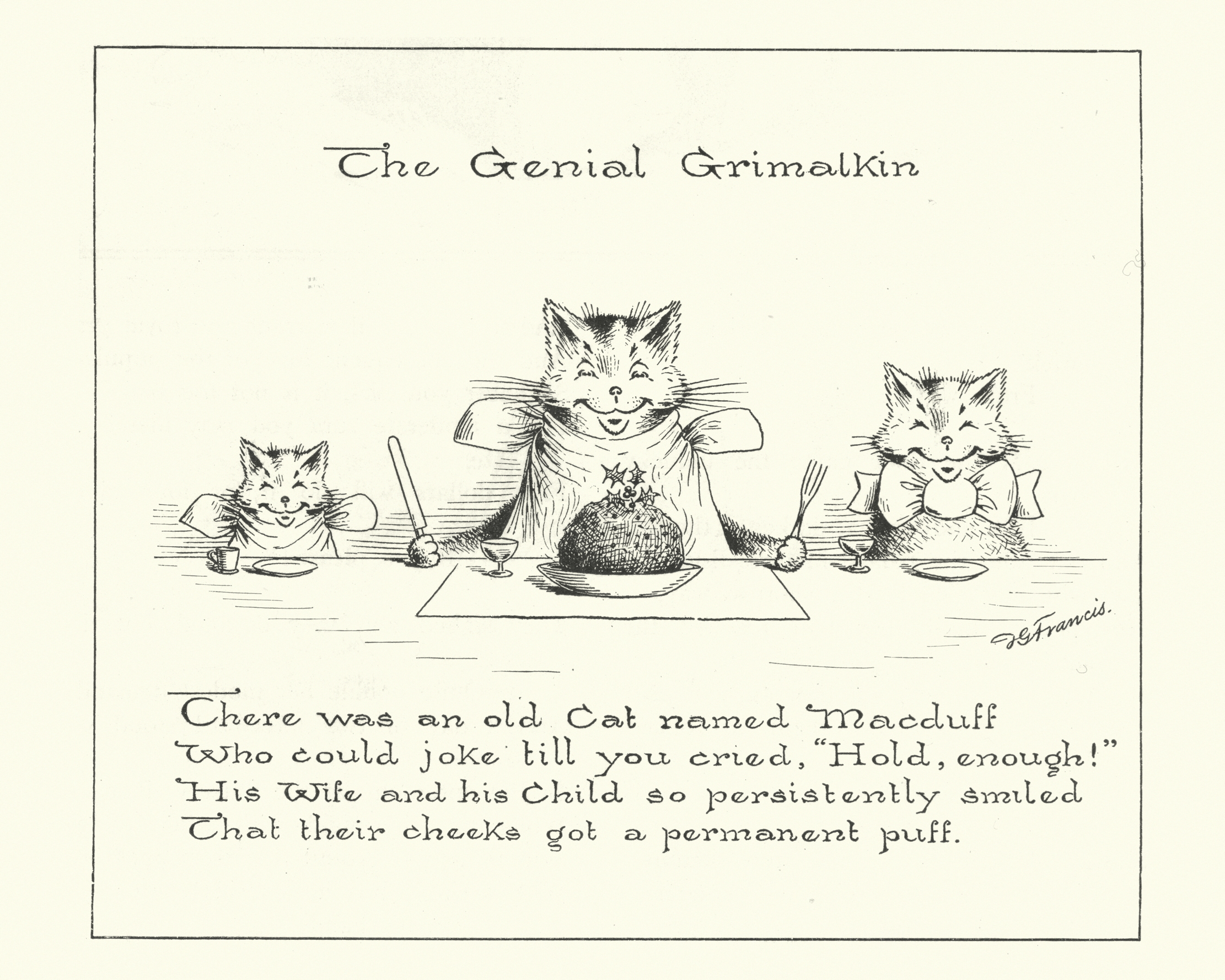 Curious Question: Did the limerick originate in Limerick?
Curious Question: Did the limerick originate in Limerick?Before workers wasted time scrolling Twitter or Instagram, they wasted their time writing limericks.
By Martin Fone
-
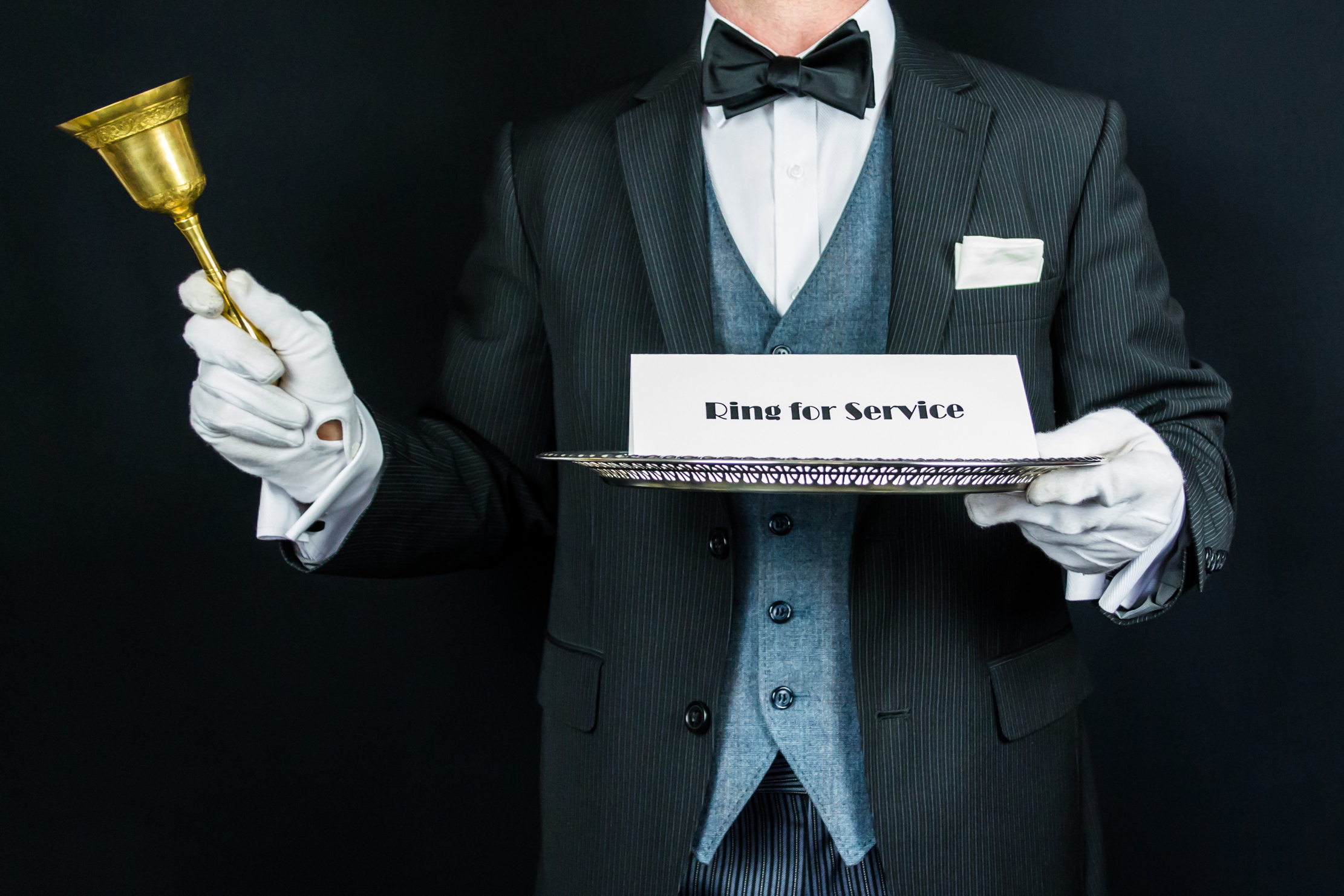 You rang, your majesty? What it was like to be a servant in the Royal Household
You rang, your majesty? What it was like to be a servant in the Royal HouseholdTending the royal bottom might be considered one of the worst jobs in history, but a life in elite domestic service offered many opportunities for self-advancement, finds Susan Jenkins.
By Country Life
-
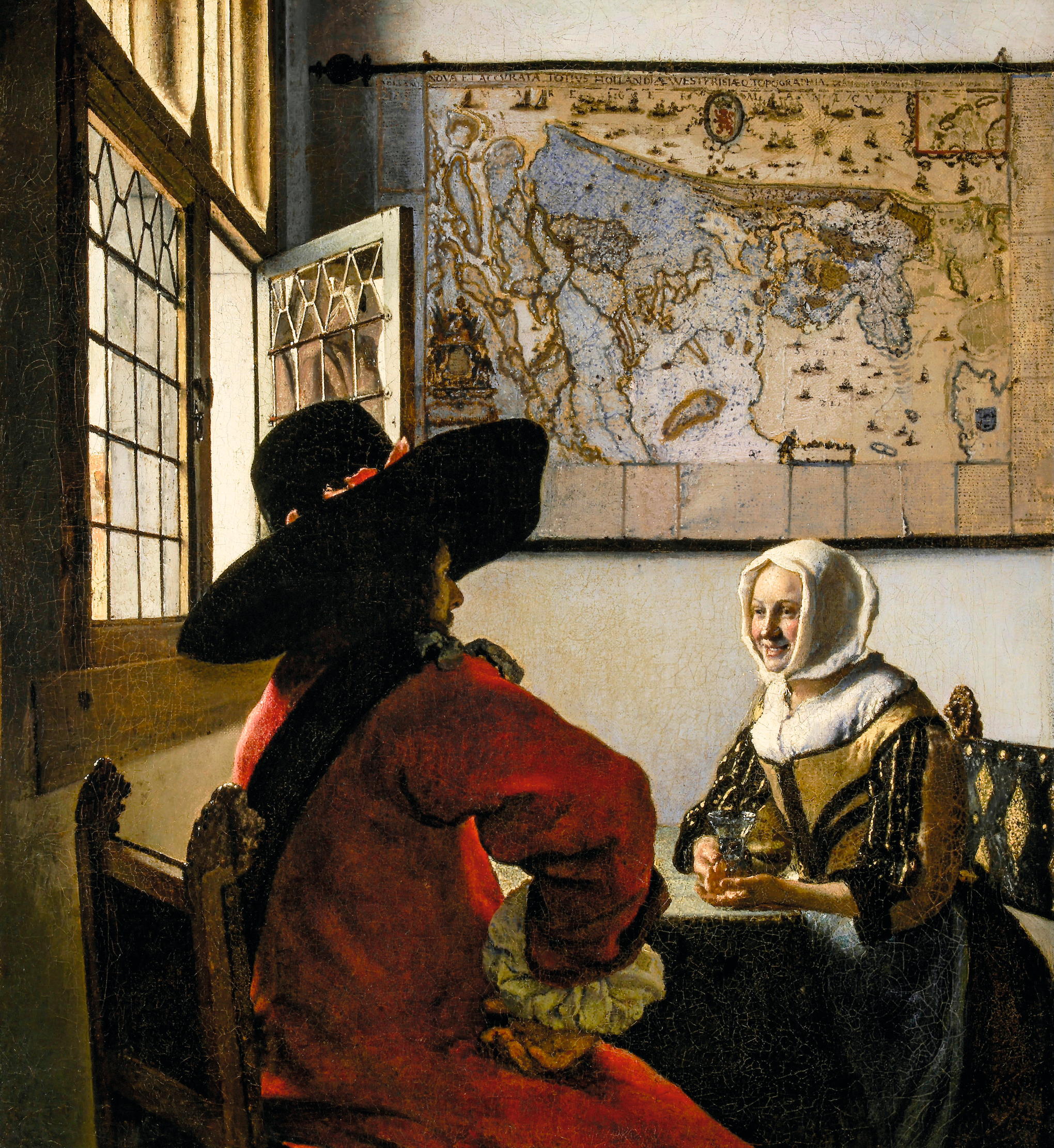 Curious Questions: Why are there so few smiles in art?
Curious Questions: Why are there so few smiles in art?Centuries of portraits down the ages — and vanishingly few in which the subjects smile. Carla Passino delves into the reasons why, and discovers some fascinating answers.
By Carla Passino
-
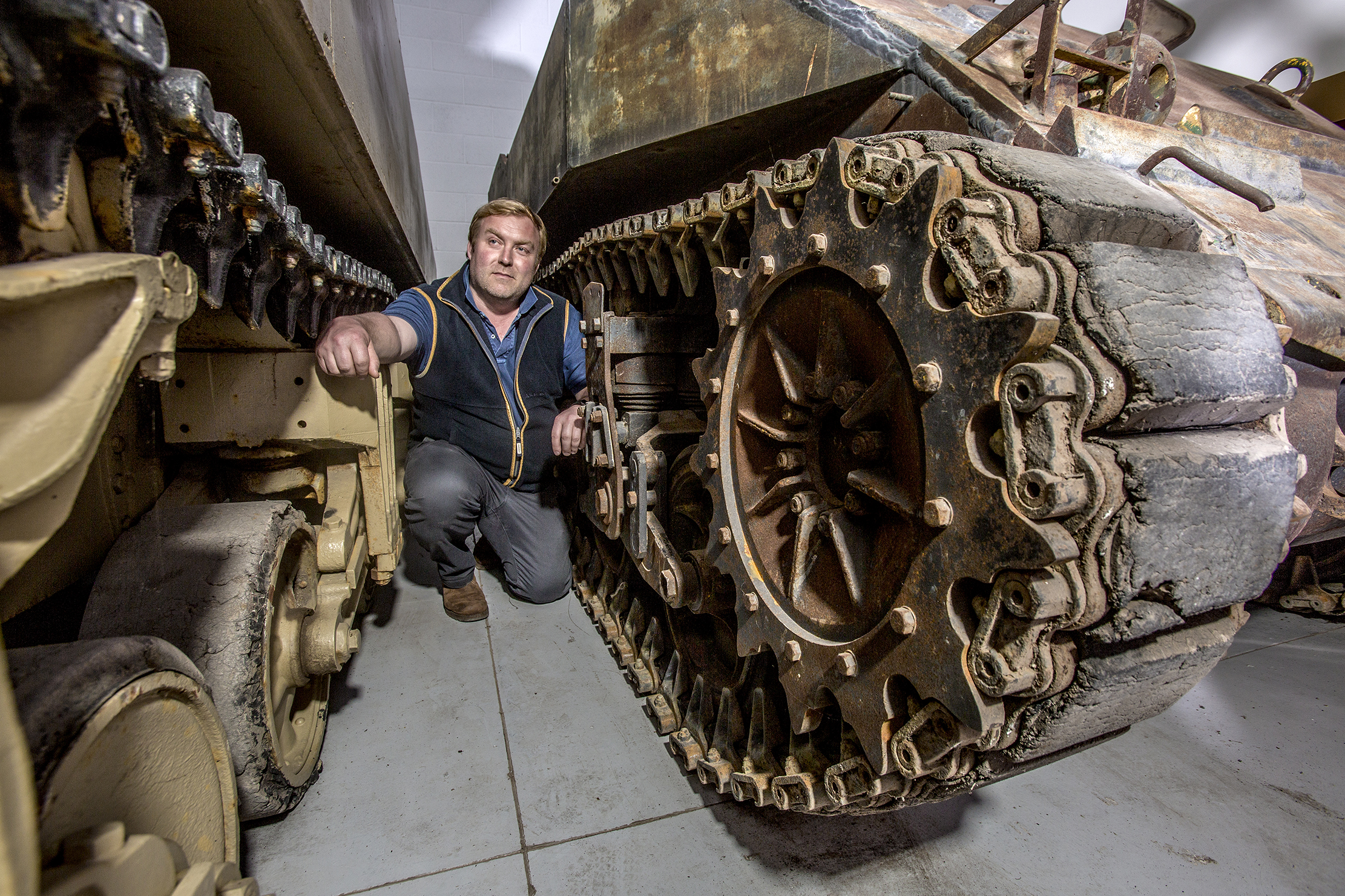 Tanks, tulips and taxidermy: The strange lives of Britain's most eccentric collectors
Tanks, tulips and taxidermy: The strange lives of Britain's most eccentric collectorsFive collectors of unusual things, from taxidermy to tanks, tulips to teddies, explain their passions to Country Life. Interviews by Agnes Stamp, Tiffany Daneff, Kate Green and Octavia Pollock. Photographs by Millie Pilkington, Mark Williamson and Richard Cannon.
By Agnes Stamp